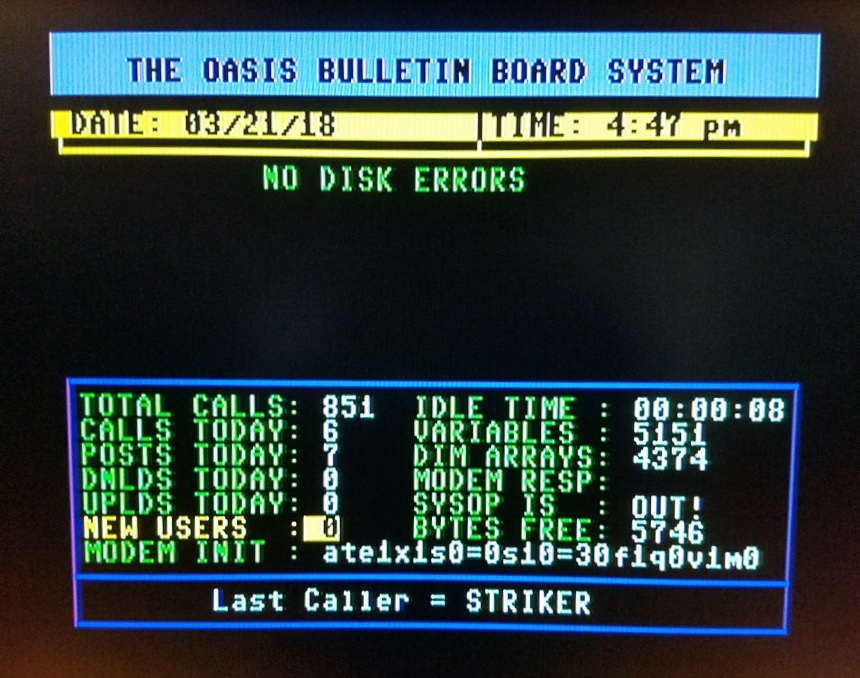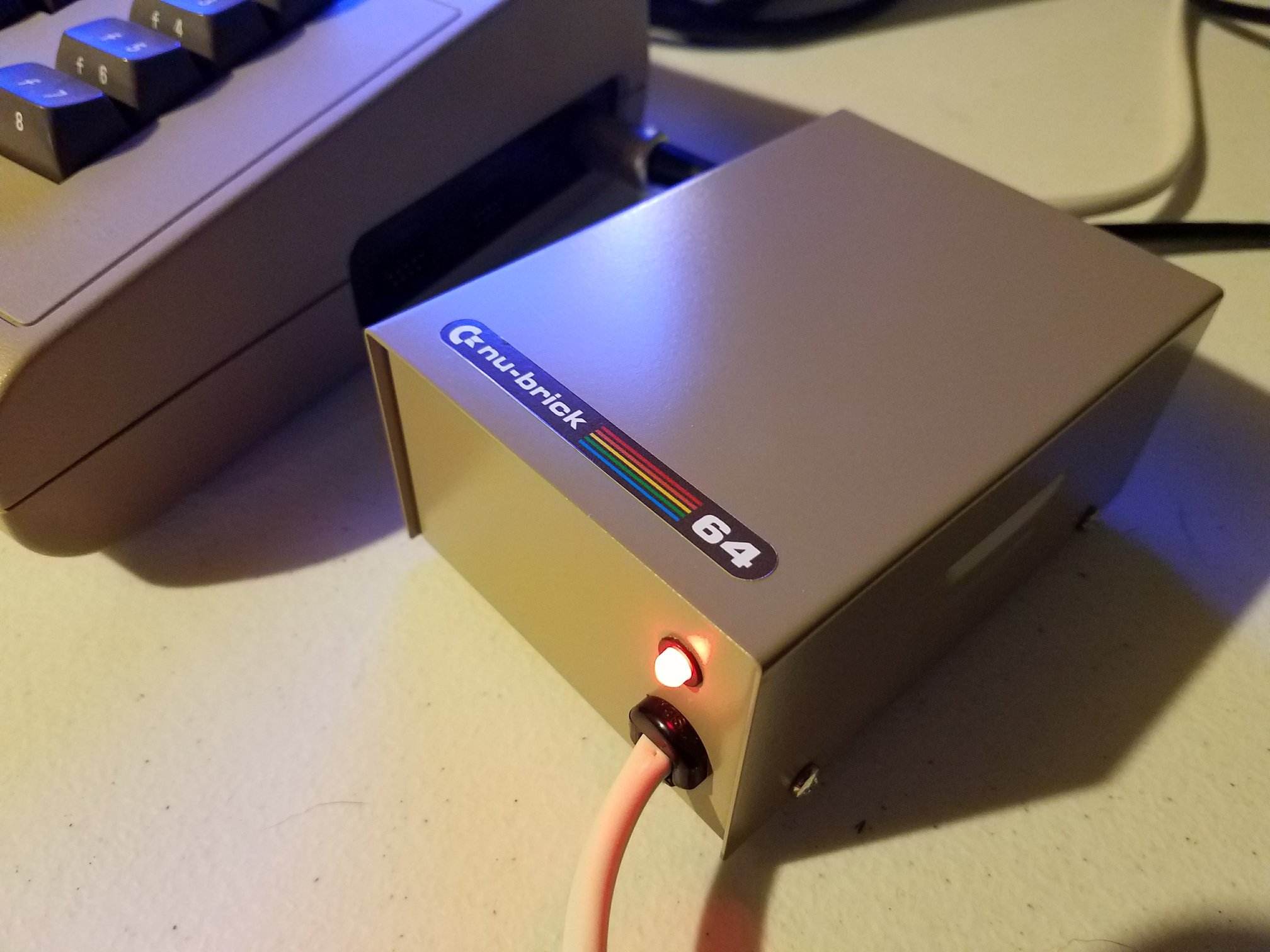BastichB 64K returns with another entry in the Golden Years series, this time shining the spotlight on Muse Software—a short-lived but historically significant American developer active during the early days of Commodore 64 gaming. Though the company only produced a handful of titles for the platform, their influence on the stealth genre and early narrative-driven gameplay is hard to ignore.
The Origins of Muse Software
Founded in 1978 by Ed Zaron in Baltimore, Muse stood for Micro Users Software Exchange. Initially focused on business applications for the Apple II, they soon transitioned into games, with a knack for stretching the limits of early hardware. The creative engine behind their most memorable work was Silas Warner, an unusually gifted programmer credited with Muse’s early standout titles and known for his ability to learn new systems almost instantly.
Muse began expanding to other 8-bit platforms in the early ’80s, including the Atari and the Commodore 64. At its height in 1983, the company had over 40 employees and pulled in millions in annual sales. But the high didn’t last long.
Castle Wolfenstein (1983)
Their first release on the Commodore 64 was a port of the 1981 Apple II hit Castle Wolfenstein. This wasn’t just another run-and-gun—it combined stealth, item looting, disguise mechanics, and even featured digitized German voice samples barked by Silas Warner himself. While the game felt more like a direct Apple II port than a true C64 showcase, its influence on later stealth games is well documented, and its legacy would eventually help fuel id Software’s 1990s reboot of the Wolfenstein brand.
Rescue Squad (1983)
Muse’s second C64 title was Rescue Squad, developed by a then-17-year-old John F. Kutcher. What started as a cold call with a finished game ended in a publishing deal the same day. The game included three mini-games where players act as a paramedic and firefighter: dodging traffic, catching civilians from burning buildings, and navigating burning structures Pac-Man-style to rescue survivors. Simple, effective, and arcade-inspired, the game’s earnings even funded Kutcher’s first year at Johns Hopkins.
Beyond Castle Wolfenstein (1984)
Warner returned in 1984 with a more refined sequel, Beyond Castle Wolfenstein. Set in Hitler’s Berlin bunker, the game upped the ante with better mechanics: randomized levels, bribes, stealth kills, and more digitized voice work. While still saddled with clunky controls and dated graphics, it was a stronger game overall and a smarter use of C64 capabilities—worth playing over the original if you had to choose one.
Space Taxi (1984)
Muse’s final and arguably most entertaining C64 title came from John Kutcher again. Space Taxi took inspiration from Lunar Lander and mixed it with early taxi sim gameplay. Players control a hovering space cab, responding to voice-sampled passenger commands, dodging hazards, managing fuel, and landing with precision across 24 unique levels. The balance of physics, timing, and light puzzle-solving made it an addictive experience. Kutcher’s short stint at Muse yielded two of the system’s more creative releases, and this one stands out as a fan favorite even today.
The Collapse of Muse Software
Despite its early promise, Muse folded fast. A downturn in software sales, combined with the sudden death of their head of sales, dealt back-to-back blows the company couldn’t absorb. By 1985, their staff had shrunk from over 40 to just six. Warner soon left to join MicroProse, where he would contribute to several genre-defining titles like Gunship, Silent Service, and Red Storm Rising. Muse’s final release was Leaps and Bounds, an educational game, before shutting down for good in 1987.







